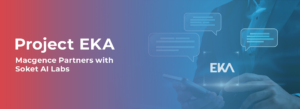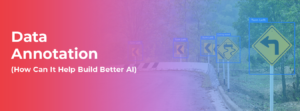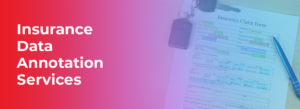Introduction to Image Annotation in Machine Learning
To train computer vision models powered by AI, Image Annotation is essential. Machine vision programs try to develop devices for seeing and interpreting the world. The process can be accomplished in a variety of ways.
In image annotation, you label images on a human level in order to identify the target characteristics of your data. High-quality annotations allow your machine-learning models to operate efficiently.
The purpose of this guide is to serve as a handy reference for annotating images, types of image annotation, and image annotation process. If this page was helpful, please bookmark and return to it.
What is Image Annotation?
The process of labeling images for AI and machine learning is called Image Annotation. A human annotator uses an Image Annotation Tool to label images or tag relevant information, for instance, by assigning appropriate classes to different entities. We treat the resulting data as structured data that can be used to create datasets for computer vision models.
The most common use of image annotation involves recognizing objects, defining boundaries, and segmenting images to understand their meaning as a whole. Through this process, images can be classified, entities identified, and segments accurately delineated using models trained on annotated data. In fact, the more precise your image and object annotations are, the more time and effort you save in the long run.
Image Annotation can be done Manually and with automated annotation tools. Automated tools can perform these tasks, making them less time-consuming and costly; however, they are less accurate than manual annotation.
Instead, manual annotation involves humans reviewing and annotating the image with the appropriate metadata. This method is correct, but it’s time-consuming and expensive.
What is the process of image annotation?
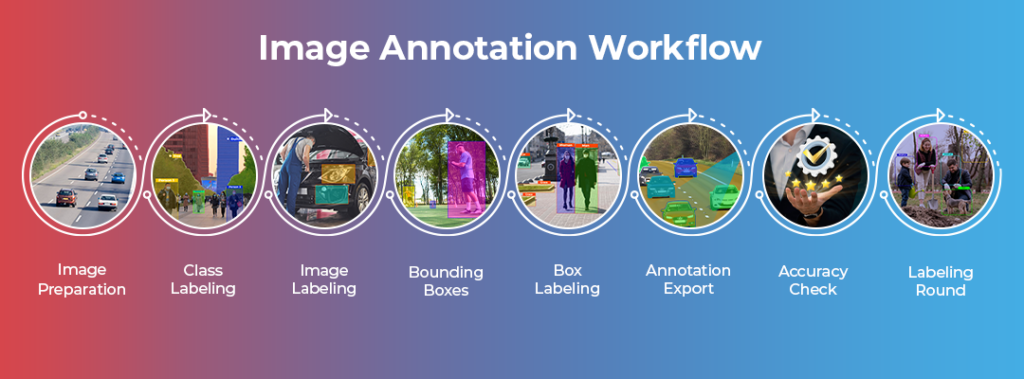
As discussed earlier, we can do the image annotation automatically and manually. The best method to do image annotation is manually, so we need human annotators. To perform accurate annotations, annotators must be trained in the project’s requirements.
The following tasks are typically involved in the Image Annotation Process:
- Data preparation for images
- Labeling images with object classes specified by annotators
- Labeling images
- Drawing bounding boxes around objects within each image
- Labeling each box with an object class
- Exporting annotations for use as training datasets
- Checking the accuracy of the labeling after post-processing the data
- For inconsistent labeling, a second or third labeling round should be enabled with annotator voting
Additionally, to optimize efficiency, an automated platform is necessary to reduce mistakes or misplaced labels in the data. For this reason, users of such tools must have proper knowledge of the tool’s functions. Moreover, with automatic labeling, these tools can detect human errors and increase the number of annotated items by automating complex annotation tasks, ultimately delivering results in less time.
Image annotation comes in different types; what are they?
Let’s Move forward and discuss the different types of Image Annotation. The following types of Image Annotation are available:
Image classification
The classification of an image is a method of identifying objects that appear in several images that are similar. In general, Image Classification is applied to prints with only one thing. Tagging is the process of preparing images for image classification.
Object Recognition/Detection
In terms of object recognition, it involves identifying, locating, and labeling objects within an image, making it easier to visualize and categorize items. Object detection can also assist robots in recognizing objects without assigned labels. To achieve this, bounding boxes or polygons are commonly used as compatible techniques. These can help identify pedestrians, sidewalks, bikes, vehicles, and trucks. Using images or video footage, each object can be tagged individually to train your machine learning model.
Segmentation
An image is divided into multiple segments in Segmentation, and each segment is labeled. It is pixel-level labeling and classification. Based on visual input, segmentation can determine whether objects in a photo are similar or different. Segmentation is commonly used to trace things and margins in images when sorting inputs.
There are three types of segmentation: semantic segmentation, instance segmentation, and panoptic segmentation. Here are some details about them:
Semantic Segmentation
The Semantic Segmentation method solves the overlap problem in object detection by ensuring every image component belongs to a specific class. In semantic segmentation, we divide a picture into clusters and label each set. Instead of giving annotators a list of objects to annotate, we provide them with a list of segment labels. We can summarize semantic segmentation as the process of identifying and categorizing specific aspects of an image.
Instance Segmentation
Each object in the same class is visualized as an individual instance. In other words, it segments each instance of an object in an input image. Moreover, as a part of image segmentation, it identifies instances of objects and establishes their limits. Consequently, instance segmentation identifies objects by their existence, locations, shapes, and numbers. For instance, researchers can use instance segmentation to determine how many people are in an image. Therefore, it provides a more refined method for distinguishing and analyzing individual objects within the same category.
Panoptic Segmentation
Furthermore, panoptic segmentation combines the principles of semantic segmentation and instance segmentation. To perform panoptic segmentation, every pixel in an image must be categorized with a class label and classified by its instance. Thus, the algorithm breaks the image into semantically meaningful parts or regions, while detecting and identifying individual instances within those regions.
Boundary Recognition
Equally important is boundary recognition, where machines identify edges and lines within images. The boundary detection algorithm is crucial for extracting critical information such as density, velocity, and pressure from images, providing deeper insights into visual data.
Why You Should Use Macgence
We at Macgence have extensive experience with data annotation spanning multiple years, during which we have acquired advanced resources and expertise. We provide high-quality training data by integrating our innovative annotation platform with expert annotators and meticulous human oversight from our team. Reach out today to learn more about how we can support your image annotation projects and help you achieve exceptional results.
FAQs
Ans: – Image annotation is essential for training machine learning models in computer vision. By labeling images, human annotators enable models to recognize and interpret visual data accurately. This process allows the creation of structured datasets, improving the efficiency of computer vision models in tasks such as object recognition and segmentation.
Ans: – There are several types of image annotation, including image classification, object recognition/detection, segmentation (semantic, instance, and panoptic), and boundary recognition. Each type serves a specific purpose, such as identifying objects in images, labeling pixel-level details, or recognizing boundaries and lines. The choice of annotation type depends on the requirements of the machine learning project.
Ans: – Manual image annotation, performed by human annotators, is often preferred for its accuracy in capturing nuanced details. While automated tools can be less time-consuming, they may lack the precision of human judgment. Manual annotation involves trained annotators who can understand project requirements and ensure accurate labeling, ultimately resulting in high-quality training datasets for machine learning models.
You Might Like
February 28, 2025
Project EKA – Driving the Future of AI in India
Spread the loveArtificial Intelligence (AI) has long been heralded as the driving force behind global technological revolutions. But what happens when AI isn’t tailored to the needs of its diverse users? Project EKA is answering that question in India. This groundbreaking initiative aims to redefine the AI landscape, bridging the gap between India’s cultural, linguistic, […]
March 7, 2025
What is Data Annotation? And How Can It Help Build Better AI?
Spread the loveIntroduction In the world of digitalised artificial intelligence (AI) and machine learning (ML), data is the core base of innovation. However, raw data alone is not sufficient to train accurate AI models. That’s why data annotation comes forward to resolve this. It is a fundamental process that helps machines to understand and interpret […]
March 6, 2025
Vertical AI Agents: Redefining Business Efficiency and Innovation
Spread the loveThe pace of industry activity is being altered by the evolution of AI technology. Its most recent advancement represents yet another level in Vertical AI systems. This is a cross discipline form of AI strategy that aims to improve automation in decision making and task optimization by heuristically solving all encompassing problems within […]
March 5, 2025
Use of Insurance Data Annotation Services for AI/ML Models
Spread the loveThe integration of artificial intelligence (AI) and machine learning (ML) is rapidly transforming the insurance industry. In order to build reliable AI/ML models, however, thorough data annotation is necessary. Insurance data annotation is a key step in enabling automated systems to read complex insurance documents, identify fraud, and optimize claim processing. If you […]

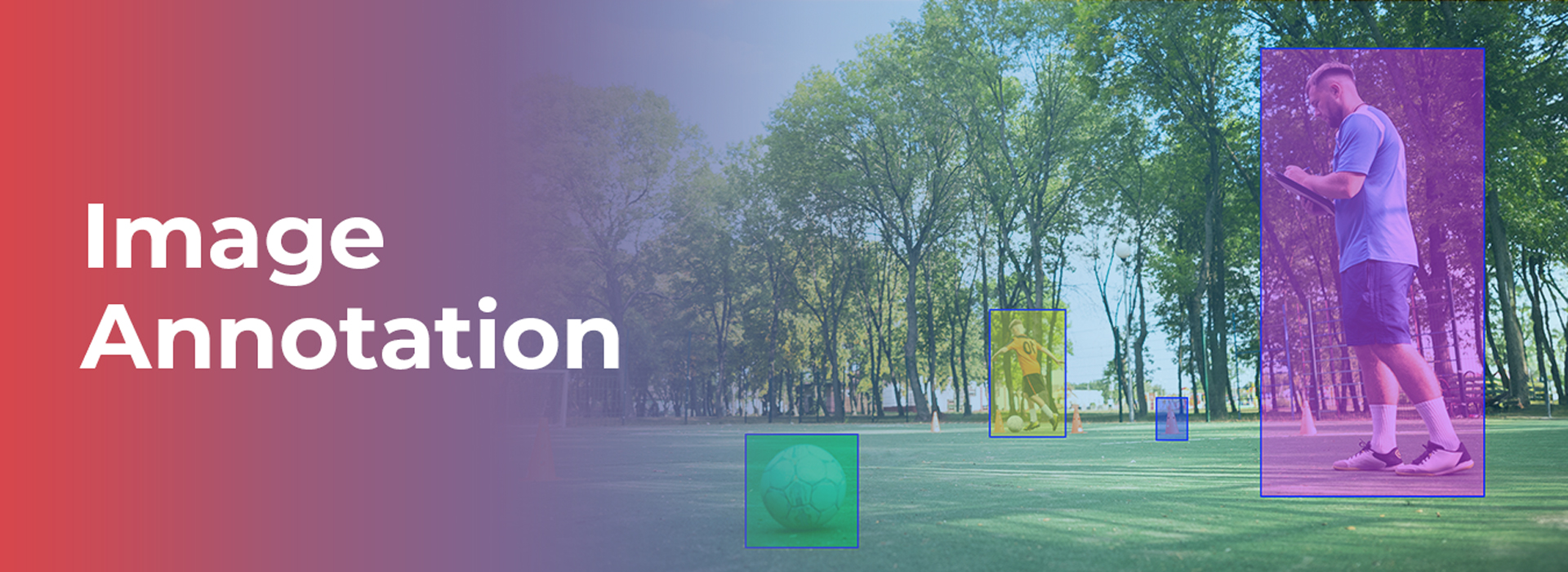
 Previous Blog
Previous Blog




